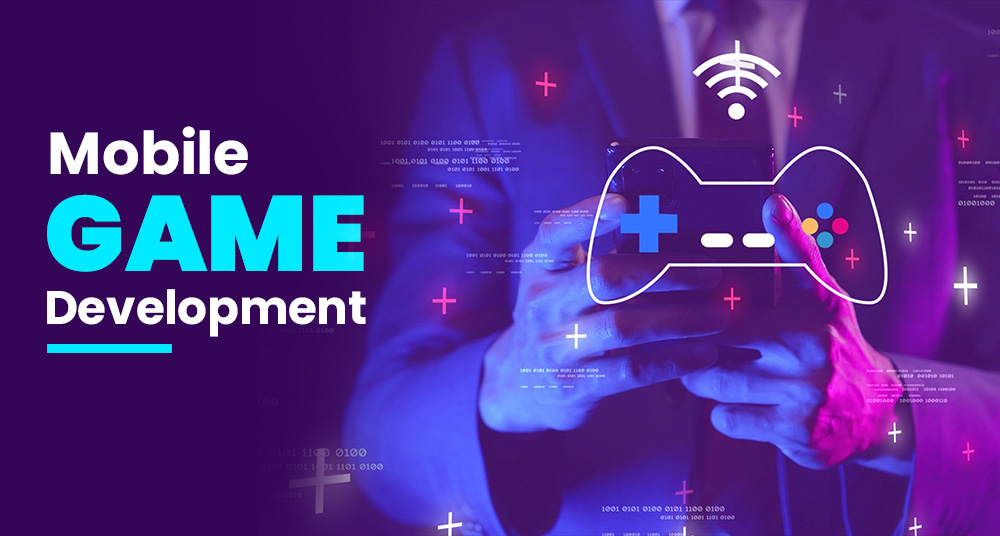Mobile games are everywhere — in our pockets, on our coffee breaks, and in app stores flooded with thousands of titles. But how exactly are these games created? What happens behind the scenes before a game reaches the global market? At Kariaktov, we live and breathe mobile development. Here’s a step-by-step look into how mobile games are made — from that first spark of inspiration to a worldwide release.
1. Concept & Ideation: Where the Game Is Born
Every game begins with a core idea. It could be a unique mechanic, a fun twist on an existing genre, or simply a theme that excites the team.
We start by asking:
- What kind of player are we targeting?
- What emotions should the game evoke?
- Is it casual, hyper-casual, midcore, or something new?
We brainstorm concepts and test them on paper or in Miro boards. The goal is to find something both original and feasible within our timeline and budget.
2. Market Research & Validation
Before development begins, we validate our idea. This means:
- Analyzing competitors in the same genre
- Studying successful titles and their monetization models
- Checking trends in player behavior and retention
We often run fake ad tests or landing pages to measure interest before building a prototype. This saves months of dev time and ensures we build something players actually want.
3. Prototyping & Core Gameplay
Next comes the prototype phase. This is where we build a rough version of the game focused solely on gameplay mechanics. No fancy graphics — just the feel.
Questions we ask during prototyping:
- Is the core loop satisfying?
- Can you understand the game within 10 seconds?
- Does it hook the player in under a minute?
If the prototype performs well internally or in limited user testing, we move forward.
4. Production: Building the Full Game
Now we assemble the full game. This stage includes:
- Game design: levels, progression, rewards
- Art production: UI/UX, characters, environments
- Development: coding gameplay systems, menus, economy
- Sound design: music, SFX, voice acting (if needed)
We work in agile sprints, continuously testing and iterating features. At this point, we also start integrating monetization systems like ads, in-app purchases, or subscriptions.
5. Testing & Quality Assurance
Once the game is playable, it enters QA testing. Our testers look for:
- Bugs, crashes, memory leaks
- Balancing issues
- UX problems
- Device compatibility (especially on Android)
We also begin soft launching — releasing the game in a limited market (like Canada or the Philippines) to monitor performance, retention, and monetization.
6. User Acquisition & Marketing Prep
A great game needs players. That’s where UA (user acquisition) and marketing come in:
- Creatives: videos, banners, screenshots for app stores
- Store optimization (ASO)
- Budget planning for ad networks like Meta, Unity Ads, TikTok
We A/B test everything — icons, videos, copy — to find what converts best.
7. Global Launch & LiveOps
Once KPIs from the soft launch meet our targets, we go global. This includes:
- Publishing to App Store and Google Play
- PR or influencer outreach
- Launch-day support for scalability
But the work doesn’t stop. We shift into LiveOps:
- Weekly updates
- Events and challenges
- Community feedback and support
- Ongoing monetization improvements
8. Post-Launch Analytics & Scaling
Finally, we monitor everything:
- Retention (D1, D7, D30)
- ARPU/ARPPU (Average Revenue Per User)
- LTV (Lifetime Value)
- CPI (Cost per Install)
With the right data, we optimize the game, plan content updates, and consider cross-promoting into our other titles.

No responses yet